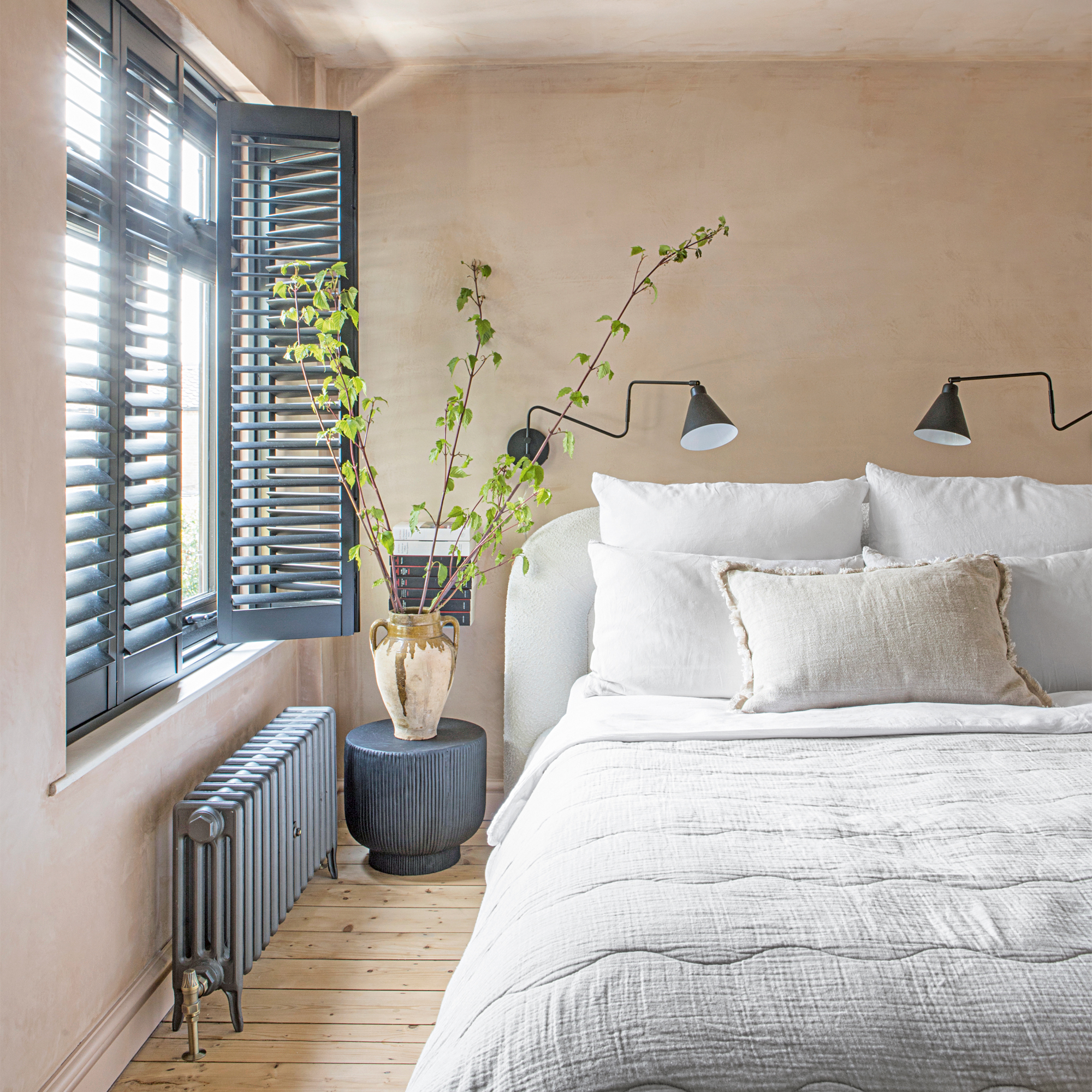
If you’re looking to upgrade your sleep, you might currently be pondering whether a spring mattress or a foam mattress will suit your requirements best.
As a sleep product reviewer, I've spent the last three years testing some of the best mattresses on the market. These include sprung mattresses, foam, memory foam, and hybrid mattresses. In this instance, I'm here to spill the tea on the difference between two of those main mattress construction types; spring and foam.
Along with my own expertise, I’ve also spoken to a variety of mattress and sleep experts to get their take on the spring vs foam mattress debate. Here's all you need to know.

Spring mattress vs foam mattress
In order to start discussing spring mattresses vs foam mattresses, we need to understand what each is.
What is a spring mattress?
Spring mattresses are a very common mattress construction. Put simply, they’re mattresses that utilise springs to offer support and comfort.
‘The majority of mattresses in the UK have spring interiors, which provide the ‘core’ support,’ says Phillippa Warford, Marketing and Communications Manager at the National Bed Federation.
There are two main types of sprung mattresses: open-coil mattresses and pocket-sprung mattresses. The main differences between a pocket sprung versus an open-coil mattress are the price, support offered, and how good they are at isolating motion.
‘Spring interior mattresses can be “zoned” – across the middle to give extra support for heavier hips and shoulders; half and half, to provide different tensions on each side of the bed; or round the edge of the mattress to give it extra rigidity,’ explains Phillippa from the National Bed Federation.
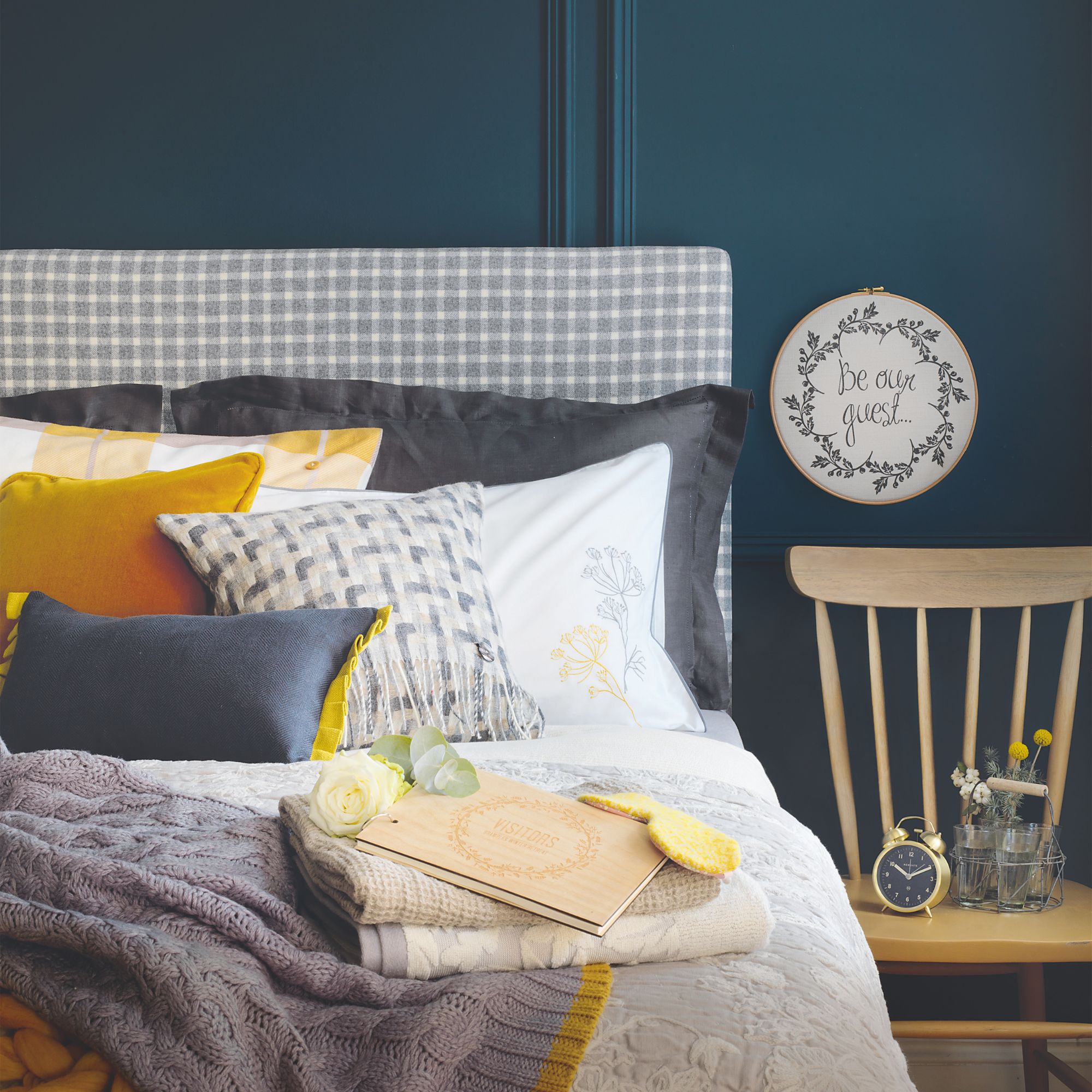
Advantages of a spring mattress
1. Breathable
The construction of a sprung mattress means there are cavities in the mattress that lets air flow under you while you sleep. The result is that it keeps you at a more even temperature through the night. ‘[Sprung mattresses] facilitate smooth air passage due to the coil arrangement, which can help to regulate your temperature, keeping you cooler as you sleep,’ says Chris Tattersall, sleep expert and managing director at bedding brand Woolroom.
2. More tension options
More tension options: Opting for a spring mattress often means there's a wider range of tensions available – from a soft-feeling mattress to medium and firm. This means you can really customise your mattress to suit your needs. A firmer mattress is often one of the best mattresses for heavier builds, for example.
A spring mattress comes 'in a variety of firmness levels, catering to different preferences and needs, from softer to firmer support,’ agrees Phillippa from the National Bed Federation.
3. Long-lasting
Due to the engineering in spring mattresses, they are very durable and will be less liable to sagging.
‘Continuous and pocket spring models often maintain their shape longer than cheaper foam mattresses, making them a good investment for long-term comfort,’ says Phillippa from the National Bed Federation.
Disadvantages of a spring mattress
1. Expensive
If you’re looking for a budget-friendly mattress, you might find sprung mattresses a little more expensive – particularly pocket spring mattresses.
‘Some people might argue that the disadvantages of spring mattresses are that they are typically more expensive,’ says Chris from Woolroom. ‘However, your mattress is a major investment into your sleep and overall health.’
2. Motion isolation
The downside of spring construction is that some mattresses – particularly open-coil mattresses, can transfer motion from one side of the mattress to the other. Not ideal if you share a bed with a restless co-sleeper.
‘If motion isolation is a priority, an open coil spring mattress may not be ideal for you as they are all fastened together,’ says Ian Atkins, mattress technologist at Simba. ‘Open coil spring mattresses tend to transfer movement more, meaning you are likely to feel your partner moving during the night.’
3. Some can cause 'roll together'
‘Lower-quality spring mattresses, particularly open coil, may not distribute weight as evenly, says Phillippa from the National Bed Federation. [This leads] to a “roll together” effect, where two people sharing the bed may feel like they are being pulled toward the centre'.
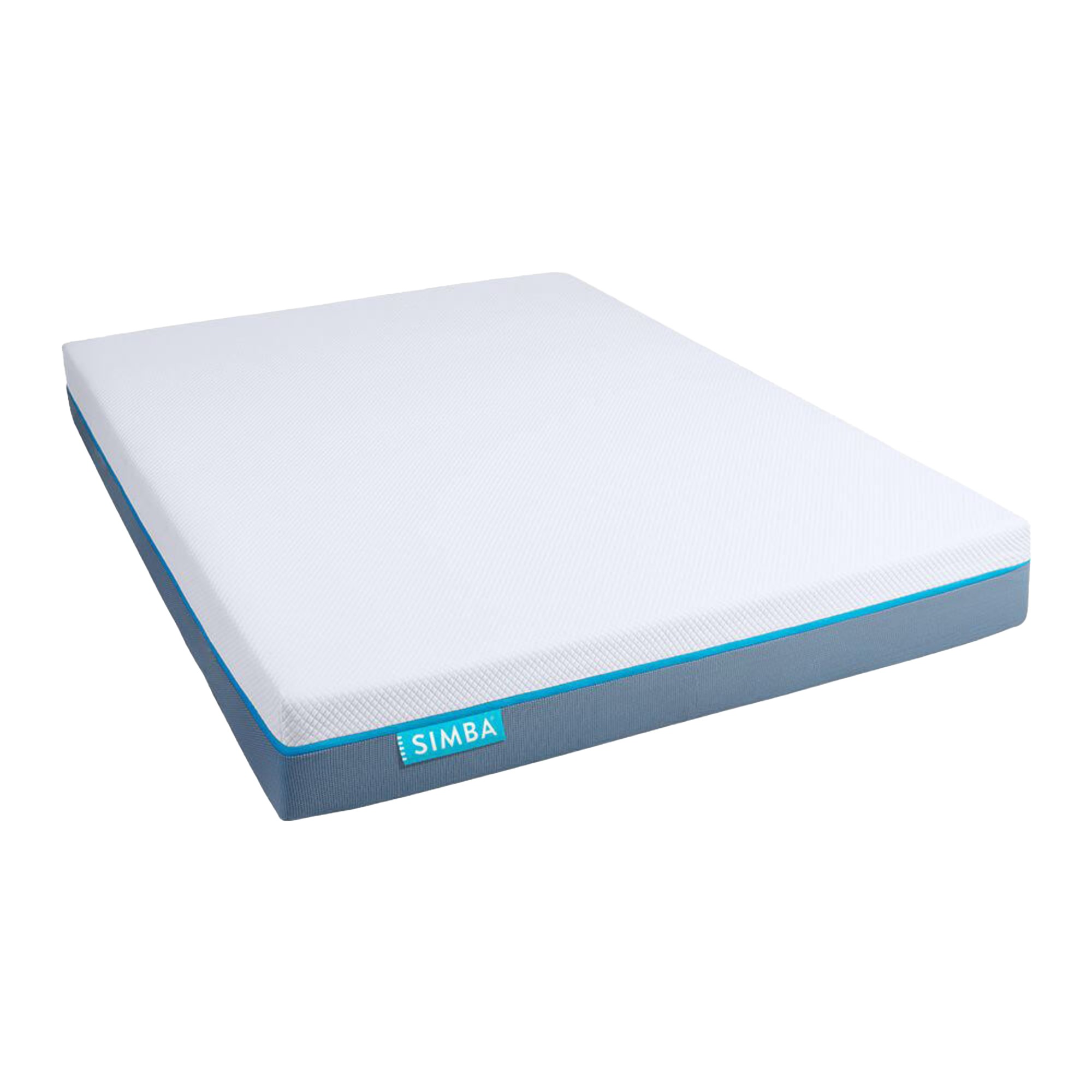
This Simba Hybrid Original mattress combines pocket spring support with a memory foam top layer. The result is a mattress that combines the best of what a sprung and foam mattress have to offer.
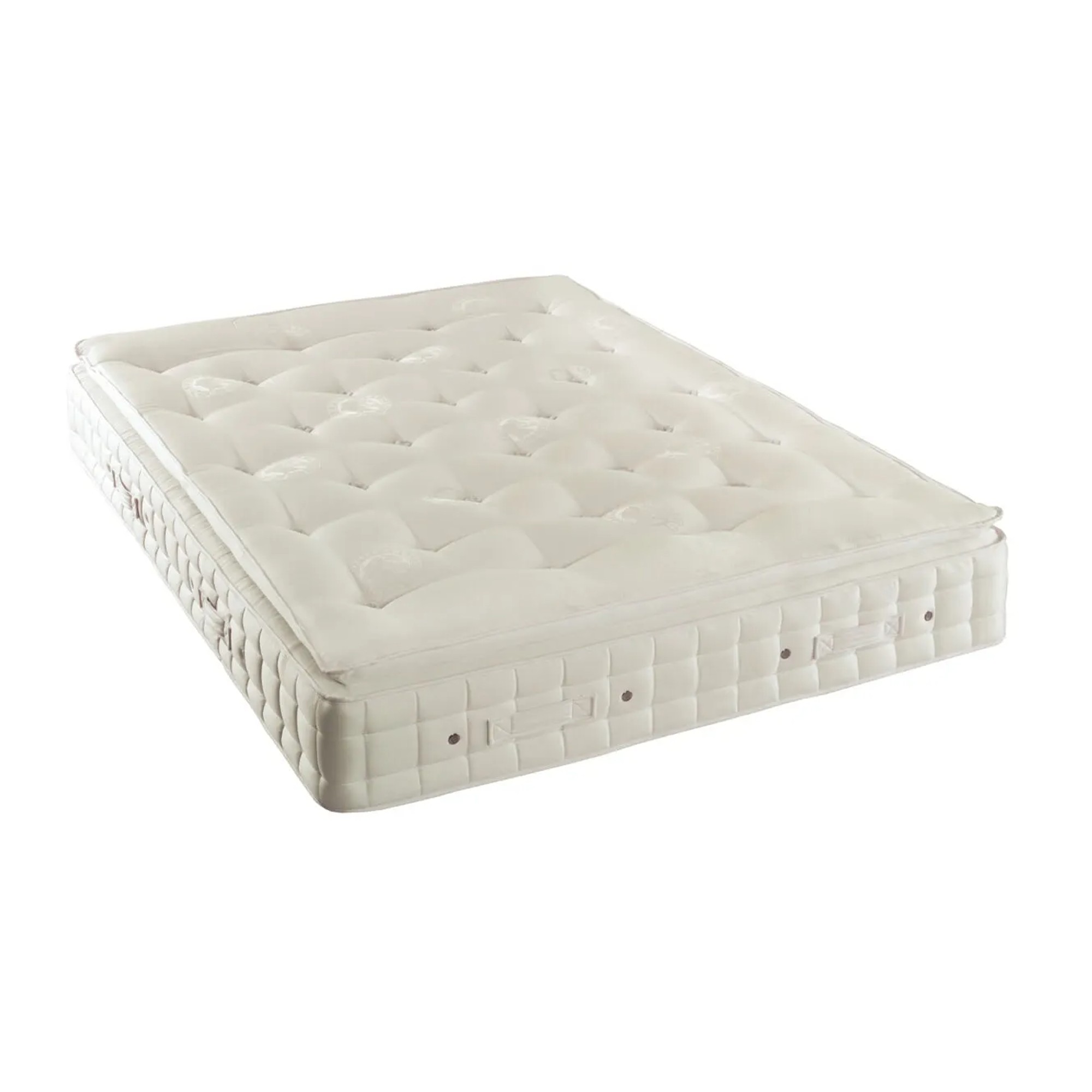
The Hypnos Pillow Top Select mattress is a pocket-sprung mattress that uses a mix of natural materials to create a breathable and eco-friendly design.
What is a foam mattress?
‘Foam mattresses are typically made of either polyurethane or memory foam, alongside added chemicals to increase density,’ says Chris from Woolroom. ‘These mould to your shape using your body heat and pressure.’
‘Most foam mattresses are made from layers of different densities of foam,’ adds Phillippa from the National Bed Federation. ‘Different types of foam are used for their cushioning effect, including latex, polyurethane and visco-elastic (memory foam)'.
The key thing to remember is that an all-foam mattress doesn't have springs.

Advantages of a foam mattress
1. Affordable
'An all-foam mattress is usually one of the most affordable mattress types you can buy', says Ideal Home's Sleep Editor, Amy Lockwood. 'That's because the materials are cheaper and there's less construction necessary compared to a spring mattress'.
'All-foam mattresses can also be packaged as a mattress-in-a-box. This saves on storage space and transport costs for the mattress manufacturer, so usually means a cheaper end product'.
2. Cushioning
A foam mattress is usually very cushioning, especially if you opt for one with a layer of memory foam as this material is designed to contour to your body and mould around your joints. This makes them comfortable, as they cocoon you while you sleep. That's why memory foam is often recommended as something side sleepers should look for in a mattress.
‘Foam mattresses conform well to your body shape and offer good support, especially for hips and shoulders if you sleep on your side,’ agrees Phillippa from the National Bed Federation. ‘Memory foam is known for its excellent pressure relief.’
3. Great motion isolation
'An all-foam mattress offers great motion isolation as there's no spring system inside the mattress to transfer movement' says Ideal Home's Amy. 'That can make a foam mattress a great choice for couples who co-sleep and are struggling with sleep disturbance'.
This is especially the case with memory foam mattresses as the dense foam works extra hard to dampen movement.
Disadvantages of a foam mattress
1. Overheating
Foam has long had a reputation for being hot to sleep on. This is because it’s so dense, air struggles to flow through the mattress to keep you cool.
‘Memory foam mattresses can sometimes present issues such as heat retention’ says Ian from Simba. ‘Traditional memory foam mattresses are known for retaining body heat, which can be uncomfortable for people who tend to sleep hot.’
2. Lack of support
Not everyone loves the feel of a foam or memory foam mattress. 'They can make the sleeper feel as though they are sinking too deeply into the bed,’ says Ian from Simba.
This is especially true if you're a stomach sleeper, a back sleeper, or someone of a heavier build who needs more support. In this case springs can offer a firmer feel.
3. Not environmentally friendly
At some point, you'll need to replace your mattress. When you do, the amount of foam mattresses sent to landfill is a real issue. Mattress Disposal estimates seven million mattresses are thrown away every year, and 75 percent of those aren’t recycled.
Foam mattresses in particular can be problematic as memory foam is hard to recycle and all forms of foam take a long time to break down, and can cause further environmental harm when they eventually do.
‘These mattresses take six to ten years before they need replacing, and over 500 years to decompose,’ says Chris from Woolroom. ‘By contrast, a wool mattress can last a lifetime and take six to twelve months to decompose into nutrient-rich compost, which shows just how important it is to make responsible choices when it comes to sleep.’
We've put plenty of mattresses through Ideal Home's mattress testing process, and these are two of our favourite foam designs.
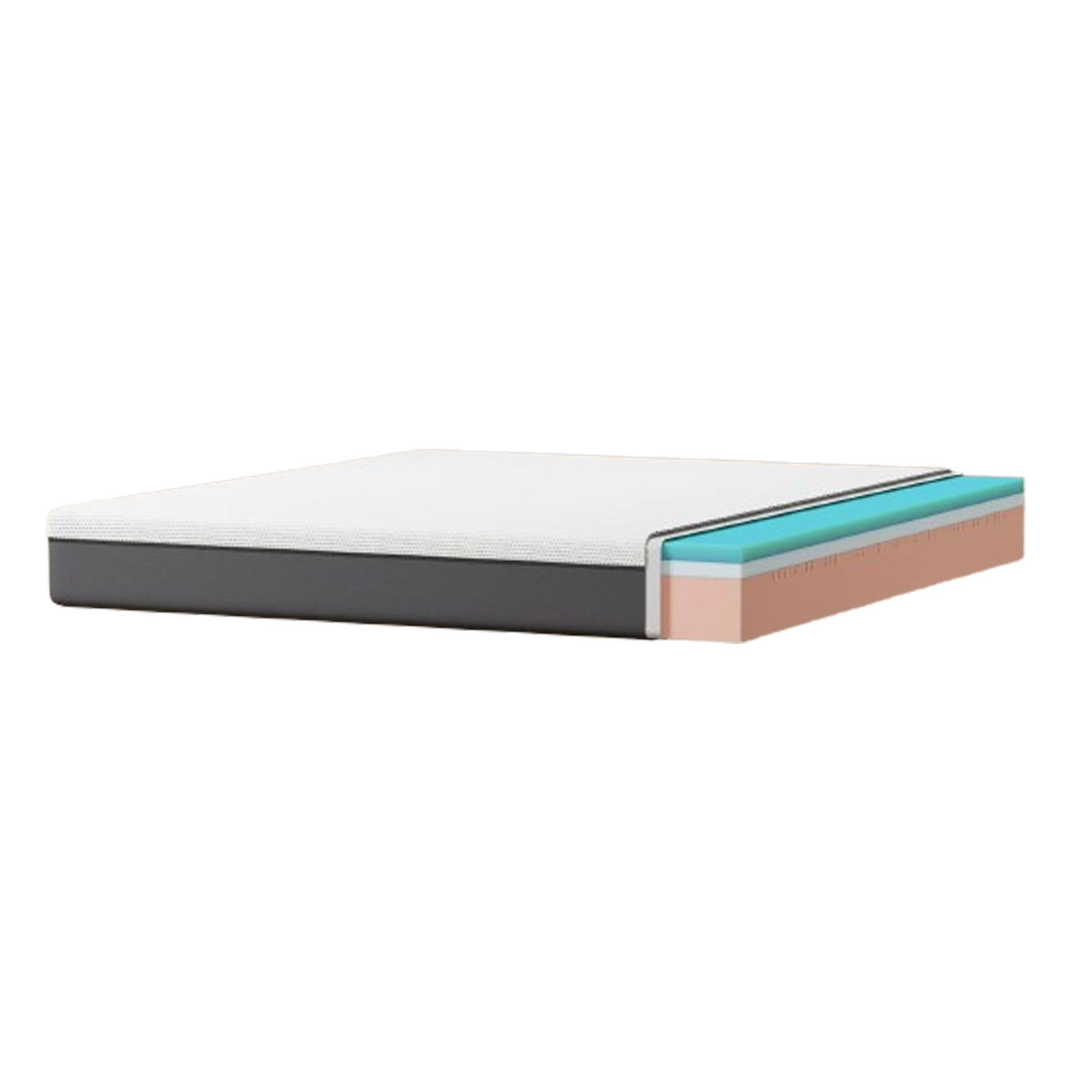
The Emma Original mattress epitomises an all-foam mattress' key features; it's affordable, cushioning, and offers great motion isolation. However, it can cause overheating and may be too soft for some.
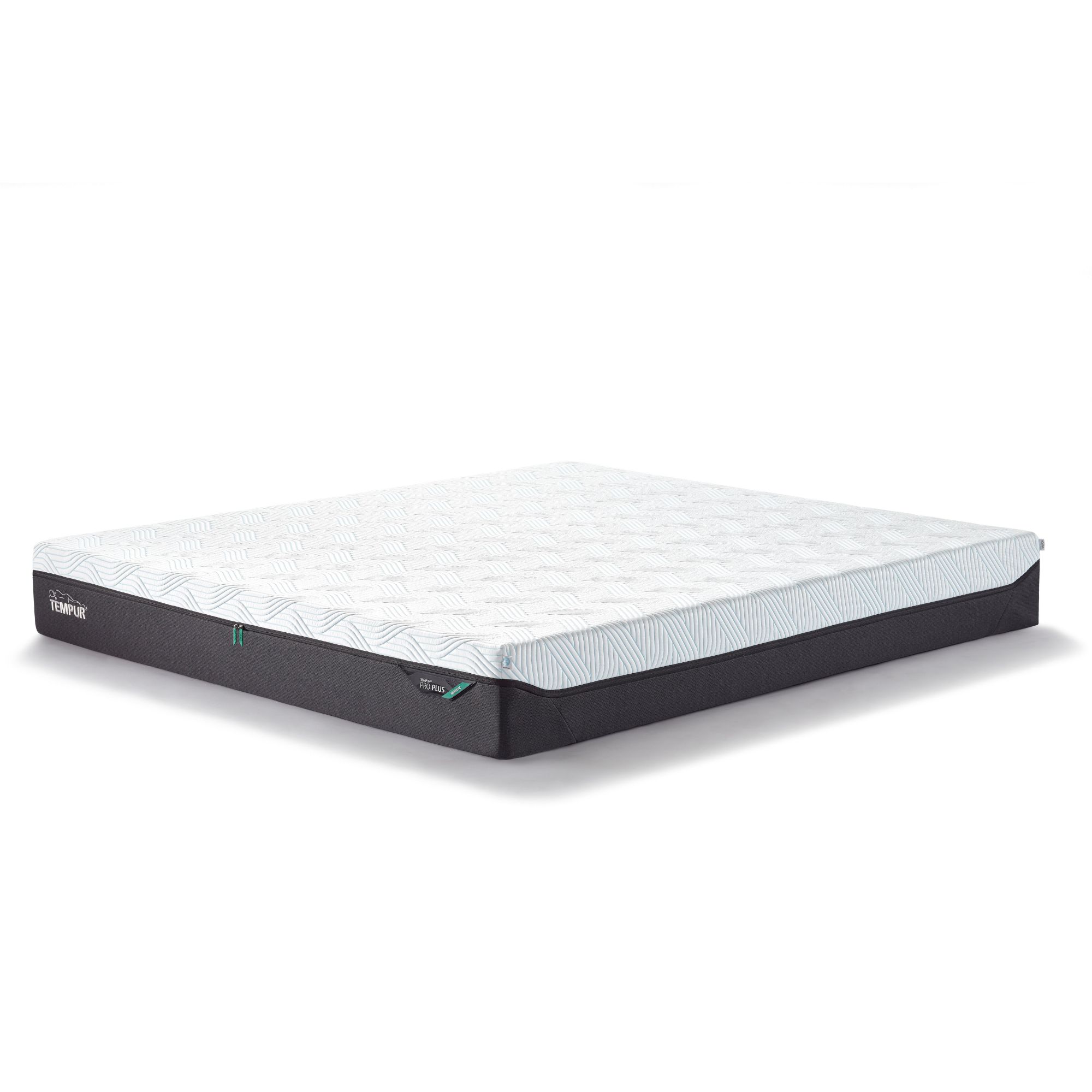
If you have more to spend then the Tempur Pro Plus SmartCool mattress is considered one of the crème de la crème of memory foam mattresses. Read more in our Tempur Pro Plus SmartCool mattress review.
Is a spring or foam mattress better? The verdict
As with a lot of sleep products, the decision between whether a foam or a spring mattress is best ultimately comes down to your individual requirements.
'If you're a hot sleeper, someone with a heavier build, or a front or back sleeper who needs firmer support, I'd always recommend a sprung mattress' says Ideal Home's Certified Sleep Expert Amy Lockwood.
'If you're someone who prefers the idea of sleeping on natural materials and is concerned about their mattress' impact on the environment, I'd also advise opting for a sprung mattress as you can find spring mattresses that are cushioned with renewable and biodegradable materials such as wool, coconut coir, cotton, silk, and hemp'.
'Alternatively, if you're a side sleeper, a sleeper who likes a lot of cushioning, or someone who shares a bed and is struggling with motion transfer, a foam mattress can be a good bet', continues Amy. 'A foam mattress is also an affordable option for anyone on a tight budget'.
'And, of course, you don't necessarily need to choose between the pros and cons of a spring mattress vs a foam mattress. A hybrid mattress offers the best of both worlds combining a sprung bottom layer with a foam top layer'.
I would add that I'd always advise trying before you buy – either in store or via an at-home sleep trial. If you try in store, just be aware that the bed base can affect how a mattress feels. That's why in-store testing is best used in conjunction with a sleep trial that then allows you to test the mattress at home on your own bed.

FAQs
Do spring mattresses last longer than foam mattresses?
‘No matter what your mattress is made from, if you take good care of it, it will take care of you. Follow the manufacturer’s care instructions and regularly rotate it, or flip it, to get the most out of your mattress,’ says Phillippa from the National Bed Federation.
Which is better for your back, spring or foam?
‘A supportive and comfortable mattress is the best option – it doesn’t matter what type of construction it is,’ says Phillippa from the National Bed Federation. ‘Any reference to beds being orthopaedic – or similar medical-sounding terms – does not automatically mean that the bed has been professionally assessed or recommended.’
Is foam or spring better for side sleepers?
‘Comfort is very subjective,’ says Phillippa from the National Bed Federation. ‘However, side-sleepers typically require a mattress with softer cushioning layers such as memory foam or latex foam to provide pressure relief. But that’s not to say a spring mattress cannot provide soft, cushioning either.’
All this goes to show that this is why trying before you buy is so vital.







